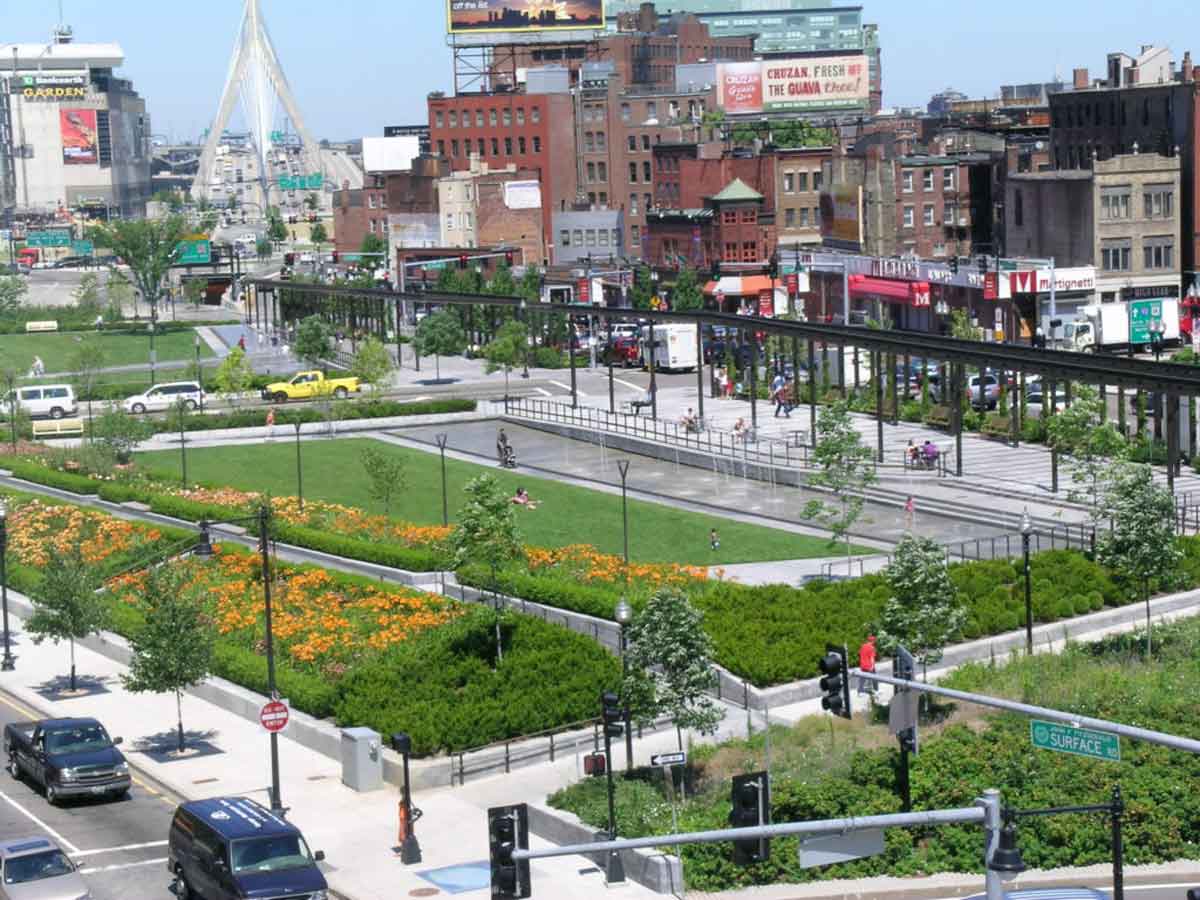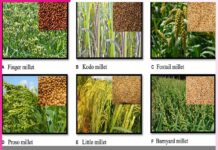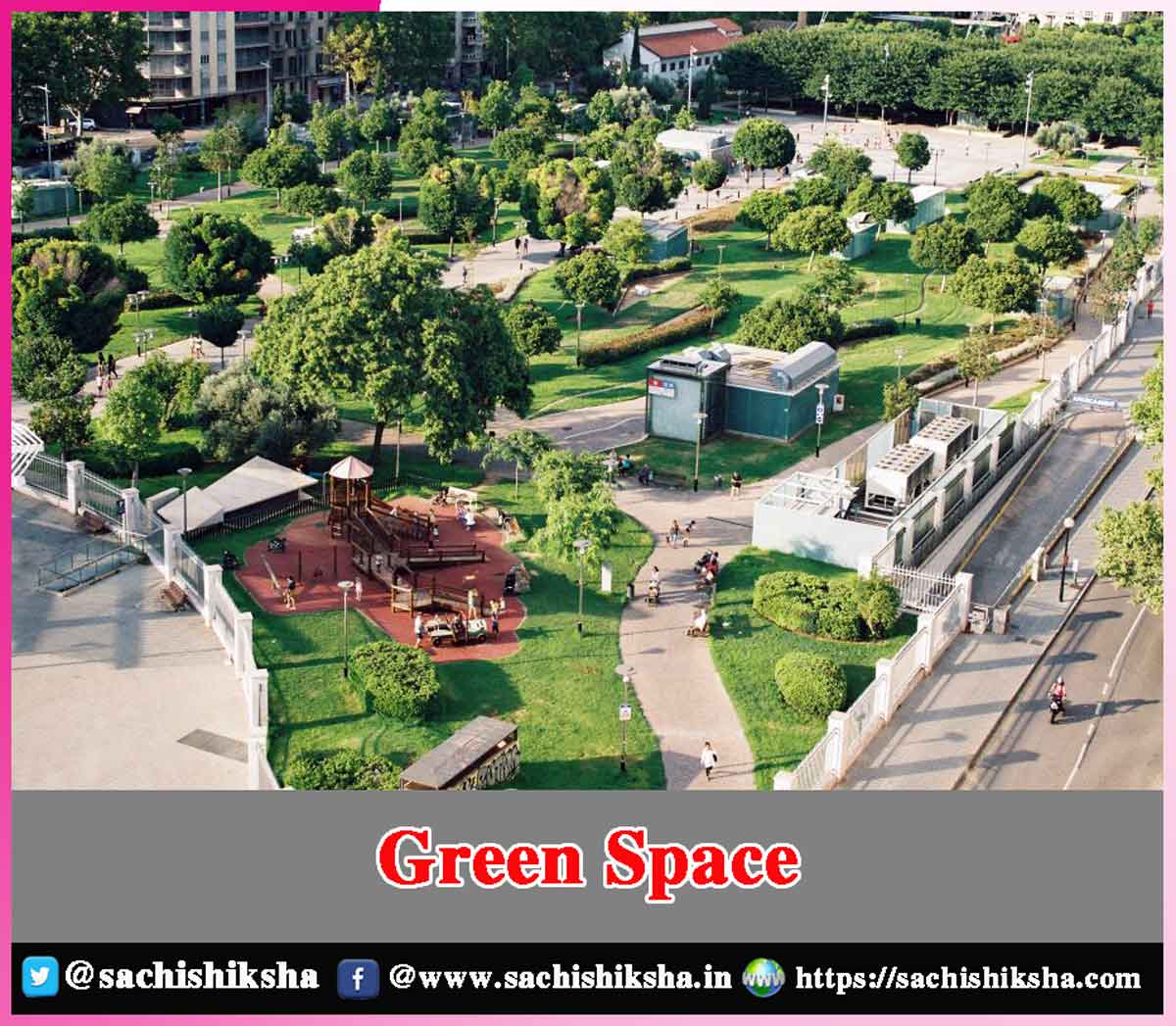Green Space Introduction : In an increasingly urbanized world, the presence and preservation of green spaces are becoming more crucial than ever. Green spaces encompass a wide range of outdoor areas, from small urban parks to expansive nature reserves.
They can be categorized into several types, including public parks, gardens, green corridors, and natural reserves. Each type serves unique purposes, from recreational to ecological functions. This article explores the multifaceted benefits of green spaces, their impact on urban dwellers’ physical and mental health, their role in biodiversity conservation, and their contribution to sustainable urban development.
Table of Contents
Urbanization as a Worldwide Trend

Responsible for Pollution
Urban areas are accountable for increasing quantities of air, water, and soil pollution. Excess carbon emissions from automobiles in cities, geographical overcrowding caused by urban expansion, and depletion of groundwater due to excessive growth and mishandling are only a few of the adverse effects of over urbanization.
The growing population in major Indian cities not only places a significant strain on the whole infrastructure and management of water, electricity, and transport, but it also has a negative impact on the environment and ecology. Developing countries, such as India, have the ability to revolutionize their economies by capitalizing on the possibilities provided by urbanization, which is primarily driven by rising numbers of people and faster urbanization. However, the rise in urbanization is triggering the climate to alter dramatically.
Green Space: Crucial for Wholesome Health
Green space is crucial for wholesome health, but plenty of towns lack it or arrange it improperly. We enjoy taking walks in the park, tree-lined roads, or a glimpse of greenery from our window, but people like us who live in cities may not get enough of it.
Heat Island Impact
Researchers conducted an analysis of over 1,000 towns in 31 European nations and discovered that if these cities followed the World Health Organization (WHO) guidelines for housing relationship to green space, up to 43,000 premature deaths may be avoided each year. Green spaces in cities help minimize pollution and the effect of urban heat islands. Human activity causes the city-wide heat island impact.
The heat produced by people, transportation, commerce, and manufacturing accumulates in confined spaces and buildings made of concrete, unwilling to escape into the atmosphere. This can raise the ambient temperature in urban areas by 3-4°C over the land surrounding them, resulting in an endless circle.
Advantages of Green Spaces in Urban Areas
Creating cities that incorporate green spaces whenever feasible is an initial step towards making our cities healthy. For example, growing plants to terraces and producing green roofs has been shown to minimize the heat island effect in cities.
Green Roofs:
Putting soil and plants on the rooftops could also reduce the exterior temperature and act as insulating material for the structures that lie below, lowering the energy required for heating and cooling the buildings. Green roofs can also help to control rainwater by retaining it as it drops and cleaning out contaminants.
Variety of Trees on Roadways:
By expanding the variety of trees on our roadways, we might develop small woods. These small forests in our cities form ecological systems, attracting a diverse range of insect and species of birds that, in return, preserve the trees fresh.
Effects of Green Spaces for Mental Health
Lowering Stress –
Investing time in green places can help relieve stress by encouraging calmness and feeling of serenity. This may assist in decreasing cortisol, a hormone associated with stress, which has been related to anxiety and sadness.
Enhanced Mood –
Green areas increase dopamine and serotonin levels in the brain, which promotes pleasure and happiness. Furthermore, being in green places can help lessen sentiments of frustration, annoyance, and fear, as well as counteract signs of seasonal depression.
Enhanced Cognitive Abilities –
Spending time in nature has been related to enhance mental performance, such as attention span, memory, and innovation. This could be due to the environment’s beneficial effects on the brain and the lessened overload of senses associated with experiencing a natural setting.
Improved Immune System –
Studies have demonstrated that being outside in natural settings may improve the immune system’s effectiveness, rendering the body more resistant to sickness. This is assumed to be caused by phytoncides, which are organic substances that plants emit into the atmosphere. Phytoncides have been demonstrated to have antibacterial and immune-boosting properties, which increase a person’s white blood cell count and help it fight sickness.
Management of Pain –
Being exposed to green environments has been demonstrated to reduce pain, especially in chronic pain situations. This is most probably due to the diversion and comfort of being in nature’s surroundings can have a good impact on attitude and anxiety levels.
More Restful Sleep –
Investing time in green spaces has been related to enhanced sleep duration and quality, presumably due to the calming and stress-reduction benefits of being outside. Fresh light and oxygen-rich air can also benefit the circadian rhythm by promoting an appropriate sleep-wake cycle.
Physical Activity –
There is a substantial correlation among spending time outside and getting active. Exercising in any form, whether indoors or outdoors, is beneficial to mental and physical well-being, but experts have shown that exercising outside can provide an extra boost, reducing symptoms such as depression and exhaustion.
Economic Contributions of Green Space
Investment in green spaces generates substantial economic benefits for urban areas:
- Property Value Enhancement: Proximity to green spaces increases property values and attractiveness, contributing to real estate market stability and growth.
- Tourism and Recreation: Well-maintained green spaces attract tourists and visitors, stimulating local businesses and generating revenue through tourism-related activities.
- Job Creation: Green space management, landscaping, and eco-tourism activities create employment opportunities, supporting local economies.
Challenges and Management Strategies
Despite their benefits, green spaces face various challenges that require effective management strategies:
- Urbanization Pressures: Competition for land and development pressures threatens the availability and quality of green spaces in urban areas.
- Maintenance and Funding: Adequate funding and sustainable management practices are essential to maintain and enhance green spaces over time.
- Climate Change Impacts: Extreme weather events and changing climatic conditions pose risks to green spaces and necessitate adaptive management strategies.
- Future Outlook and Recommendations
- The future of green spaces hinges on proactive planning and collaborative efforts:
- Policy Advocacy: Policymakers should prioritize green space conservation and expansion, integrating them into urban development policies and strategies.
- Community Engagement: Engaging communities in green space planning and management fosters stewardship and ensures equitable access for all residents.
- Innovation and Technology: Harnessing technological advancements and innovative solutions can optimize green space management and enhance their sustainability benefits.
Conclusion
Green spaces are indispensable components of sustainable urban living, offering a myriad of environmental, social, economic, and health benefits. By recognizing their value and investing in their preservation and expansion, cities can cultivate resilient, inclusive, and livable environments for present and future generations. Embracing green spaces as integral to urban planning and development is not just a choice but a necessity in building sustainable cities of tomorrow.












































